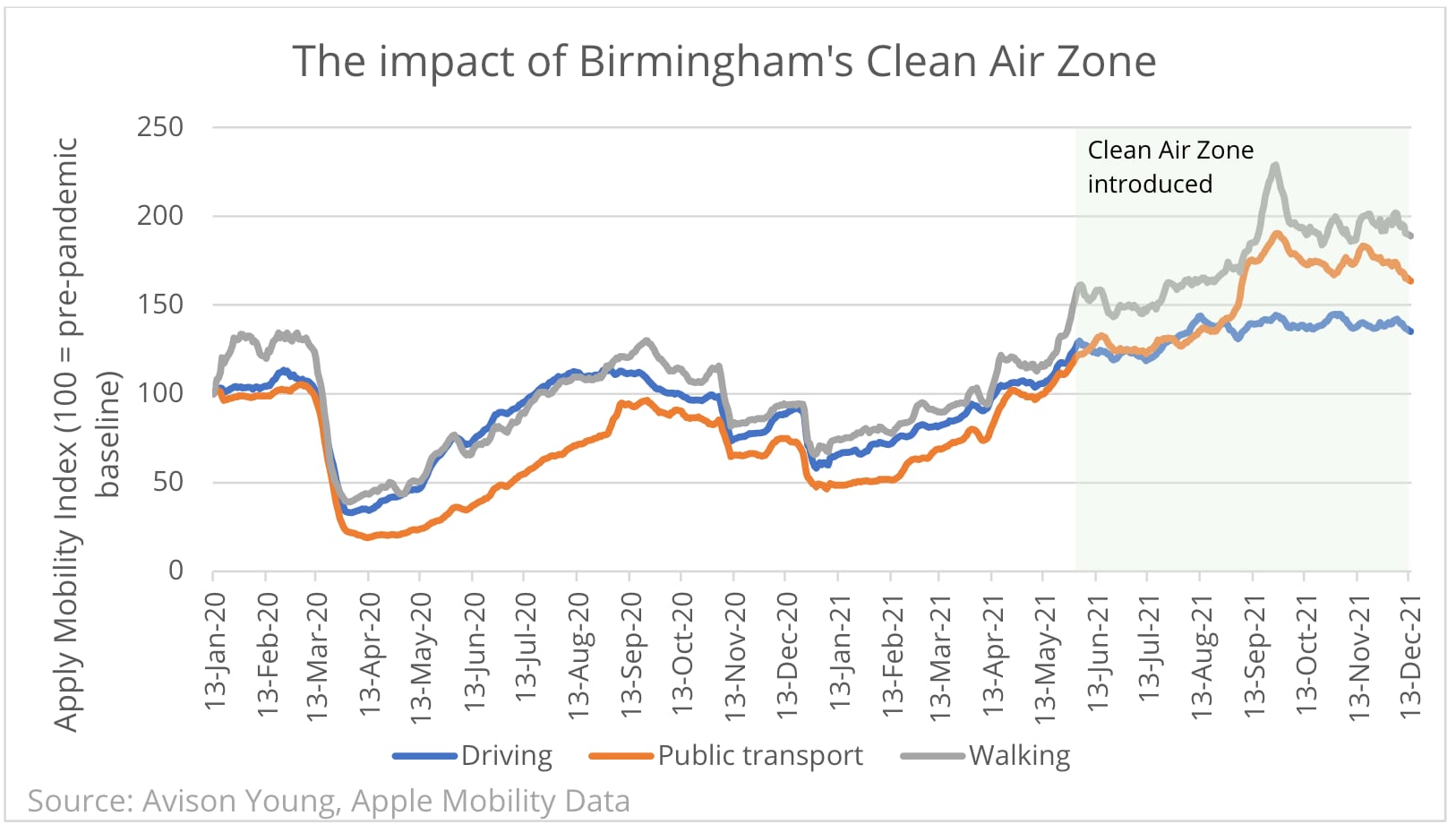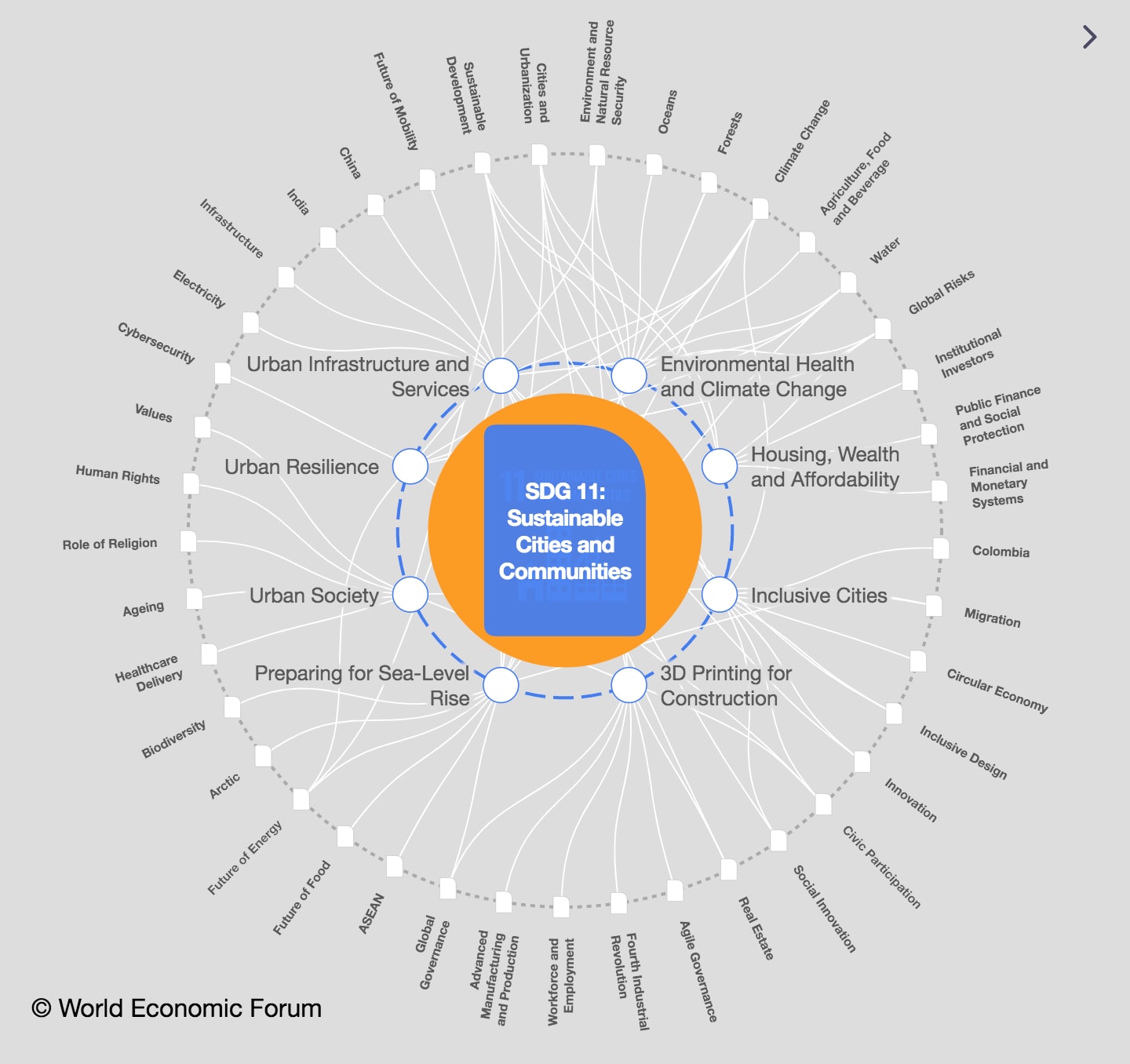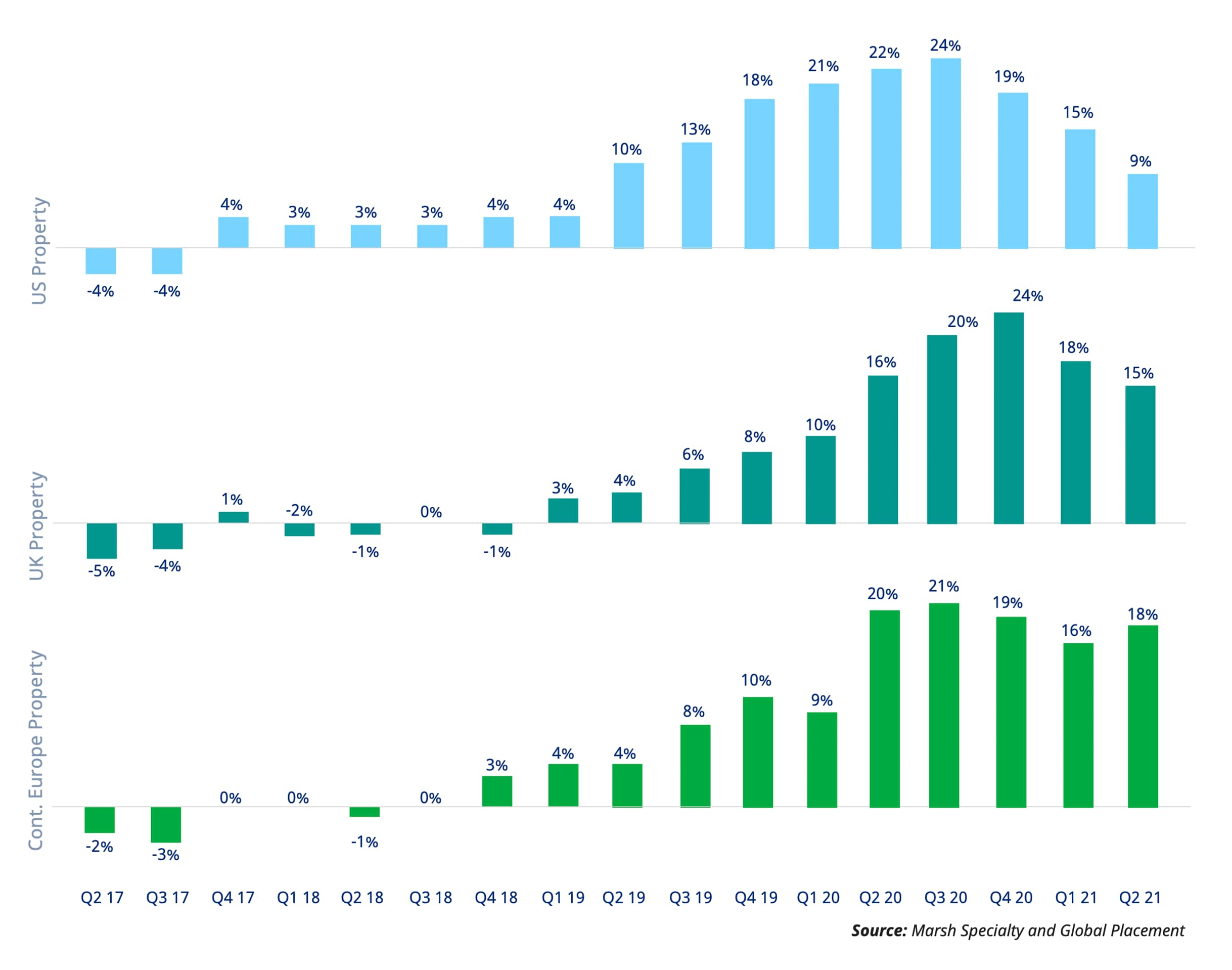A guide to decarbonizing the built environment

The built environment produces 40% of global emissions - which makes it a huge opportunity to meet our climate goals. Image: Marc-Olivier Jodoin / Unsplash

Get involved with our crowdsourced digital platform to deliver impact at scale
Stay up to date:
SDG 11: Sustainable Cities and Communities
Listen to the article
- Cutting emissions from the built environment is urgently needed if we are to meet our climate goals.
- Buildings account for around 40% of total global energy use and emissions.
- From transportation to new-build and retrofit – here are 10 priority areas for public and private sector decision-makers to focus on.
Having spent my entire career working in real estate, it is simultaneously humbling and daunting to acknowledge that buildings account for around 40% of total global energy use and emissions.
I suspect that decarbonization will profoundly impact almost every aspect of my personal and professional life – but with creativity, innovation and the use of technology I believe we can deliver the transformation required. Below, I set out a priority list of issues in our built environment where collaboration between companies and governments is urgently needed to accelerate progress towards our common goals.

Urban urgency
Cities account for 75% of global emissions and are often most exposed to the consequences of climate change. Of the world’s 17 largest cities, 14 are coastal, making them particularly vulnerable to climate-related extreme weather events. 'Necessity is the mother of invention' takes on new meaning as cities are thrust into the frontline of the battle to reduce climate impacts and mitigate their consequences. Regulations around building construction and operation, and planning policies that promote sustainable transport, are among the key areas in which forward-thinking cities like New York are leading the charge.
Transportation
Pandemic-induced lockdowns showed us the benefits of reduced vehicle movements. Emissions fell 88% across Europe during quarantine. Restrictions – and eventual bans – on combustion engine vehicles are being introduced in cities to accelerate the adoption of electric vehicles, often starting with public transport infrastructure. A Clean Air Zone introduced in Birmingham, UK, has materially altered travel patterns (see figure below). Cycle lanes introduced in Paris as a response to COVID are being retained permanently. Carbon accounting must increasingly sit at the heart of policymaking around urban transportation.

The war for talent
The pandemic has also impacted the labour market, as characterised by plentiful job openings and record levels of resignations. Companies’ environmental, social and governance (ESG) credentials are set to play an ever-greater role in attracting and retaining top talent, who increasingly believe their employer should have a social and environmental conscience. The buildings they occupy, the locations they select, and the ways in which they allow their staff to work will have a profound impact on companies’ carbon footprints. In turn, this will influence whether they are seen as an 'employer of choice'.
Building construction
Over the next 40 years, the equivalent of a city the size of Paris is expected to be built every week. Given that concrete production alone makes up 8% of total global emissions, the way we design and construct new buildings needs to change radically to achieve our climate goals. Improvements in design, innovative materials, new construction techniques and increased use of technology are all helping to minimize the 'whole-life carbon' impact of new developments. The use of digital twins to regulate energy usage in buildings is showing tremendous promise. Given that typical buildings exceed their designed energy usage by 3.8 times, the power of digital twins to diagnose and rectify such inefficiency makes a material contribution towards reducing emissions.
Retrofit vs. new construction
Perhaps the biggest challenge is the vast stock of existing buildings that need to continue in use – but which must be operated more efficiently. Retrofitting occupied buildings presents practical challenges of upgrading facilities without disrupting business operations, as well as the more nebulous issue of cost allocation and financial viability. Early adopters in both public and private sectors are providing templates for others to follow. However, in the UK and the EU, government regulation around building standards is already accelerating obsolescence in order to alter the balance of the cost-benefit equation. Other jurisdictions are likely to follow their lead. Financing and undertaking the retrofits needed is a huge challenge but also offers huge commercial opportunities for those with the right skills and vision.
Green finance
Legislation may be slow to impact the real estate sector directly, but successive waves of regulatory and market forces are already impacting the banking and financial industries upon which the property market is constructed. Whether in the form of construction loans or mortgage finance, banks’ exposure to climate risk is increasingly being measured, monitored and costed. Funds explicitly targeting 'green' investments are becoming commonplace; those avoiding 'brown' ones even more so. Sustainable finance is already growing exponentially and will soon impact the cost and availability of debt and equity for every real estate project.
Money talks (and walks)
Real estate is inherently geographically fixed, yet every location on the planet is exposed to its own unique combination of regulatory and physical climate risks. Both occupiers and investors are reassessing their locational exposure in light of these new risks, which are only now being recognized and appropriately priced. Rents and capital values are already adjusting at the building level, but climate impacts on value at urban and regional levels are – so far – less easy to discern. Property insurance costs have soared in response to recent extreme weather events – this, surely, is a leading indicator of how the real estate value landscape is being reshaped by climate change and our response to it.
The big picture
The impacts of climate change fall disproportionately on parts of the world and sections of society that are least able to protect themselves or recover from climate events. From loss of home or livelihood to loss of life, millions of people face a rising tide of social and economic impact as a result of climate change. As the World Bank so neatly put it: “Climate change is more than an environmental crisis – it is a social crisis.”
I believe that we are all part of a human ecosystem, at the heart of which lie the towns and cities that form the backdrop to our lives. The real estate industry was responsible for creating the buildings in which we live, work and play; but we cannot solve the current crisis on our own. Now we must urgently reach out to our partners elsewhere in the public and private sector to take on the challenge of decarbonizing the built environment for the benefit of society as a whole.
Don't miss any update on this topic
Create a free account and access your personalized content collection with our latest publications and analyses.
License and Republishing
World Economic Forum articles may be republished in accordance with the Creative Commons Attribution-NonCommercial-NoDerivatives 4.0 International Public License, and in accordance with our Terms of Use.
The views expressed in this article are those of the author alone and not the World Economic Forum.
Related topics:
The Agenda Weekly
A weekly update of the most important issues driving the global agenda
You can unsubscribe at any time using the link in our emails. For more details, review our privacy policy.
More on Forum InstitutionalSee all
Minwoong (Eric) Hwang
July 25, 2024
Kate Whiting
July 23, 2024
Gayle Markovitz
June 28, 2024
Gayle Markovitz
June 26, 2024







